The rise of remote work has brought an increased need for functional home office spaces. However, not everyone has the luxury of a spacious room dedicated to work. This challenge can be turned into an opportunity by creatively designing small home offices that maximize productivity without compromising comfort. Here are key strategies to make the most of limited space:
1. Prioritize Functionality
When space is limited, every element in the design should serve a purpose. Opt for multifunctional furniture, such as a desk with built-in storage or a wall-mounted foldable desk. Prioritize essentials—a comfortable chair, a sturdy desk, and good lighting. Additionally, think about your specific work needs. For example, if you handle paperwork often, allocate space for a filing cabinet or document organizer. If your work involves digital design, ensure adequate room for monitors or graphic tablets.
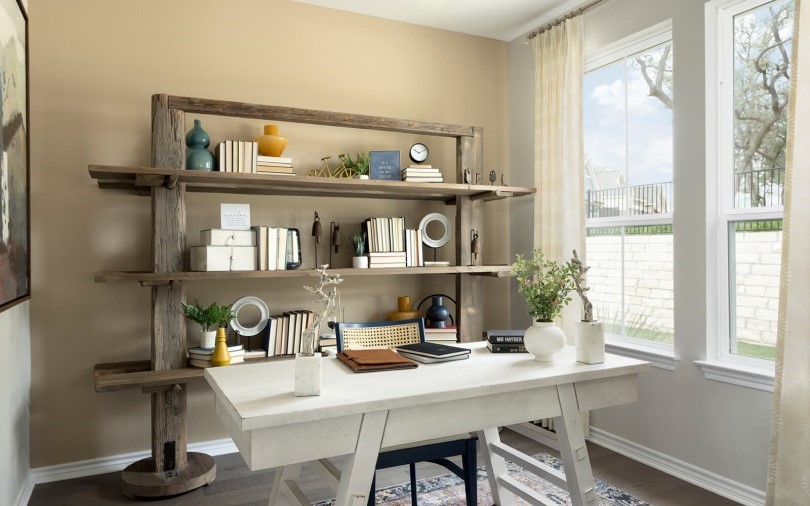
2. Optimize Vertical Space
Walls offer untapped potential in small spaces. Install shelves, pegboards, or wall-mounted organizers to keep your desk clear of clutter. Vertical storage solutions also help in maintaining a tidy and organized environment, which is crucial for productivity. Pegboards can be customized with hooks and small baskets to store everything from office supplies to gadgets. This not only saves desk space but also keeps everything within reach.

3. Leverage Natural Light
Position your workspace near a window to take advantage of natural light. Not only does this reduce the need for artificial lighting during the day, but it also boosts mood and energy levels. Studies show that natural light improves concentration and reduces eye strain. If a window isn’t available, opt for task lighting with adjustable brightness. Consider incorporating light-colored curtains or blinds to diffuse harsh sunlight while maintaining brightness.

4. Choose the Right Color Palette
Colors can significantly influence your mood and productivity. Light and neutral tones, such as whites, beiges, or pastels, create an illusion of space and foster a calming atmosphere. Add pops of vibrant colors like yellow or green through decor to enhance focus and creativity. For a more sophisticated look, consider accent walls or wallpaper with subtle patterns that visually expand the space.
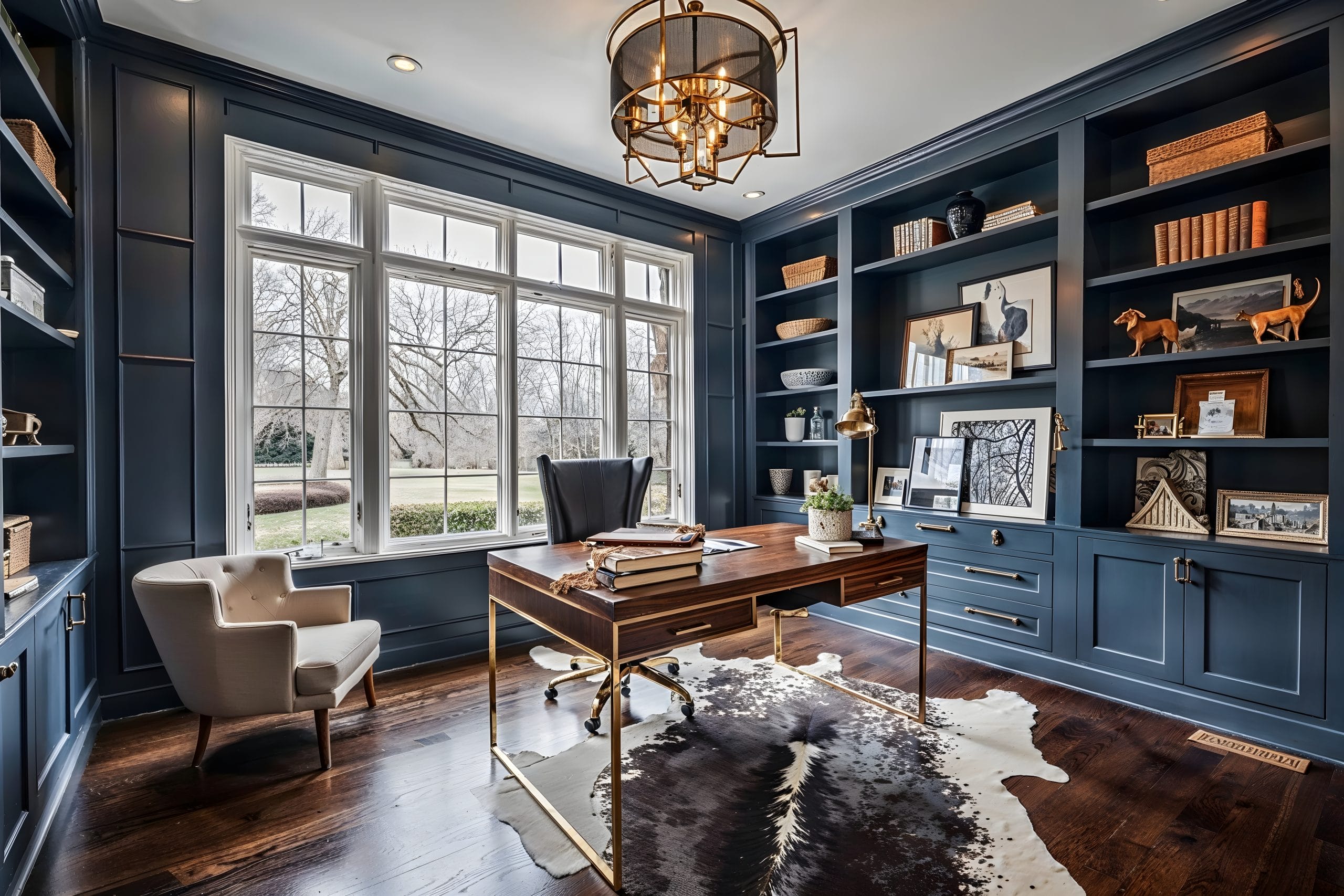
5. Incorporate Smart Storage Solutions
Invest in storage solutions that blend seamlessly with your design. Hidden compartments, under-desk storage, and modular units can help you keep your workspace organized without consuming additional space. For example, ottomans with storage can double as seating and a place to hide supplies. Drawer dividers and cable management tools ensure that every inch of your space is used effectively.
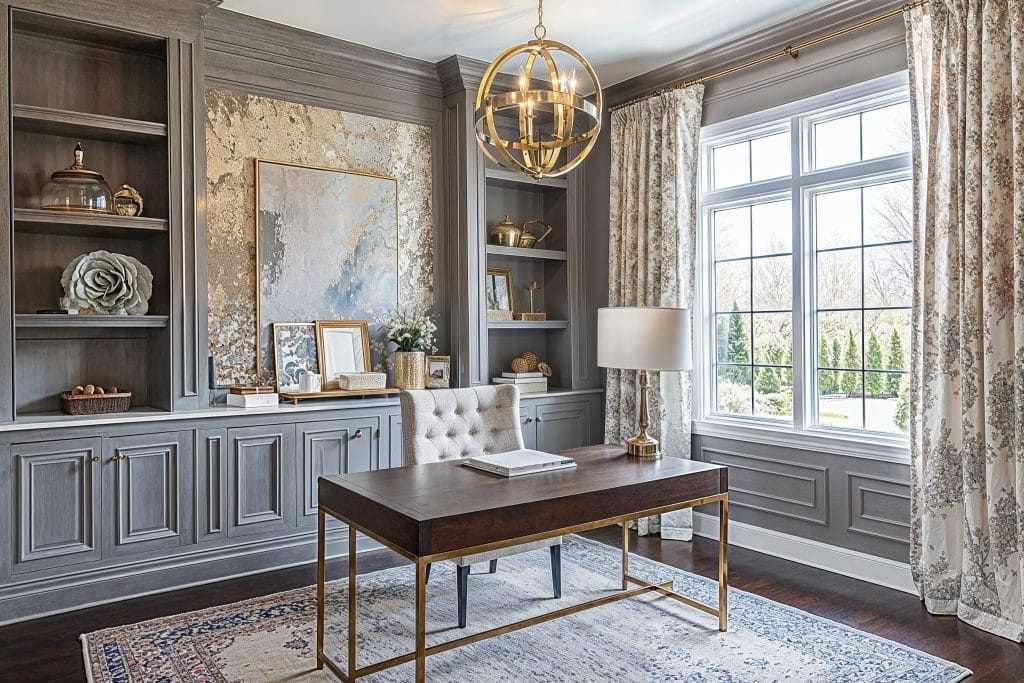
6. Personalize Thoughtfully
Add personal touches to make the space inspiring without overwhelming it. A small plant, framed artwork, or a corkboard with motivational quotes can enhance the ambiance while keeping distractions at bay. Personalization fosters a sense of ownership and comfort, which can lead to increased productivity. However, avoid overloading the area with items that might create visual clutter.
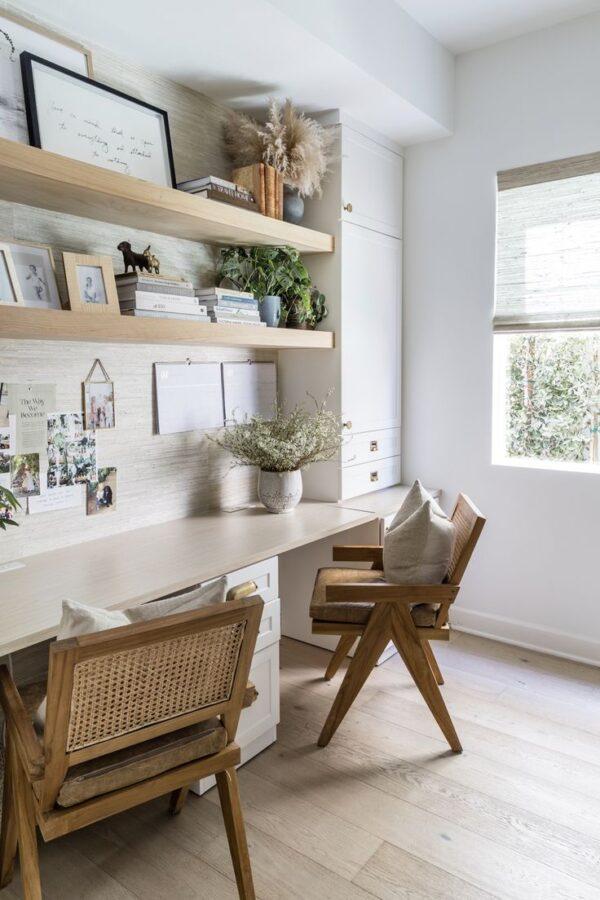
7. Utilize Flexible Furniture
Consider pieces that can be easily moved or adapted to serve multiple purposes. A rolling cart for office supplies or a chair that doubles as seating for guests can help you make the most of your space. Foldable or stackable furniture can be stored away when not in use, freeing up additional space for other activities.
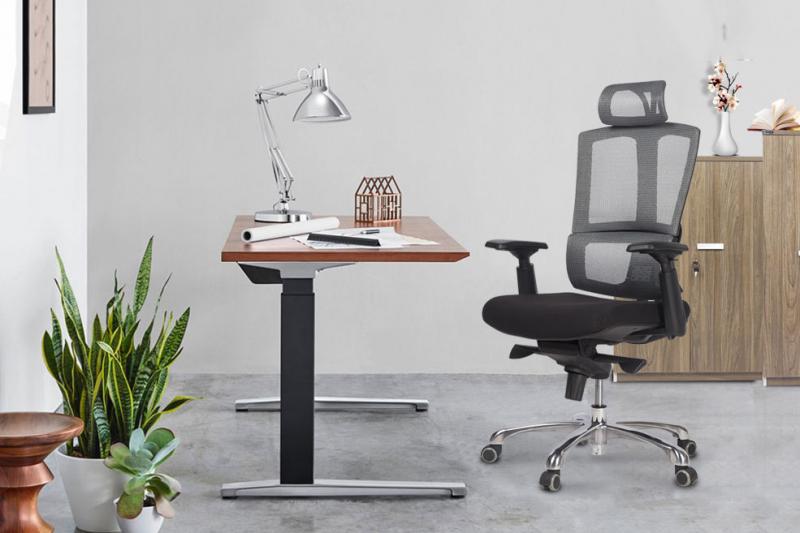
8. Maintain Ergonomics
No matter the size of your workspace, prioritize ergonomics. Ensure your chair and desk are at the correct height to avoid strain. Use a laptop stand and external keyboard if needed to maintain a proper posture. Invest in ergonomic accessories like footrests or wrist supports to prevent discomfort during long work sessions. Remember, a well-designed workspace is not just about aesthetics but also about long-term health and productivity.

9. Minimize Distractions
Design your space to limit distractions. Noise-canceling materials, such as rugs or curtains, can help reduce ambient noise. Ensure the workspace is away from high-traffic areas of the home. If complete isolation isn’t possible, noise-canceling headphones can provide a practical solution. Create a clear boundary between work and leisure by defining your workspace with a partition or rug.

10. Adopt a Minimalist Approach
Clutter can quickly overwhelm a small space. Embrace a minimalist mindset by keeping only what you need within arm’s reach. Regularly declutter to maintain a clean and productive environment. Use digital tools and cloud storage to reduce reliance on physical files and paperwork. Minimalism not only creates a visually appealing workspace but also fosters mental clarity and focus.

11. Enhance with Technology
Integrate technology to make your small home office smarter and more efficient. Use wireless devices to reduce cable clutter. Consider installing a smart lighting system that adjusts based on the time of day or your activity. A compact all-in-one printer or scanner can save space and reduce the need for multiple devices. Smart assistants can help you stay on track with reminders and voice-activated commands.

12. Zone the Workspace
Even in a small area, zoning can make a big difference. Define different zones for specific tasks, such as a primary desk area for focused work and a secondary space for brainstorming or relaxing. This can be achieved using rugs, lighting, or even slight variations in decor. Zoning helps in mentally transitioning between tasks, improving efficiency.

13. Adapt for Flexibility
A small home office should be adaptable to changing needs. Consider future-proofing the design by choosing modular furniture and scalable solutions. For instance, a desk that can expand or shelves that can be added to over time ensure your space evolves with your requirements. Flexible designs are particularly useful if you share the workspace with other family members.
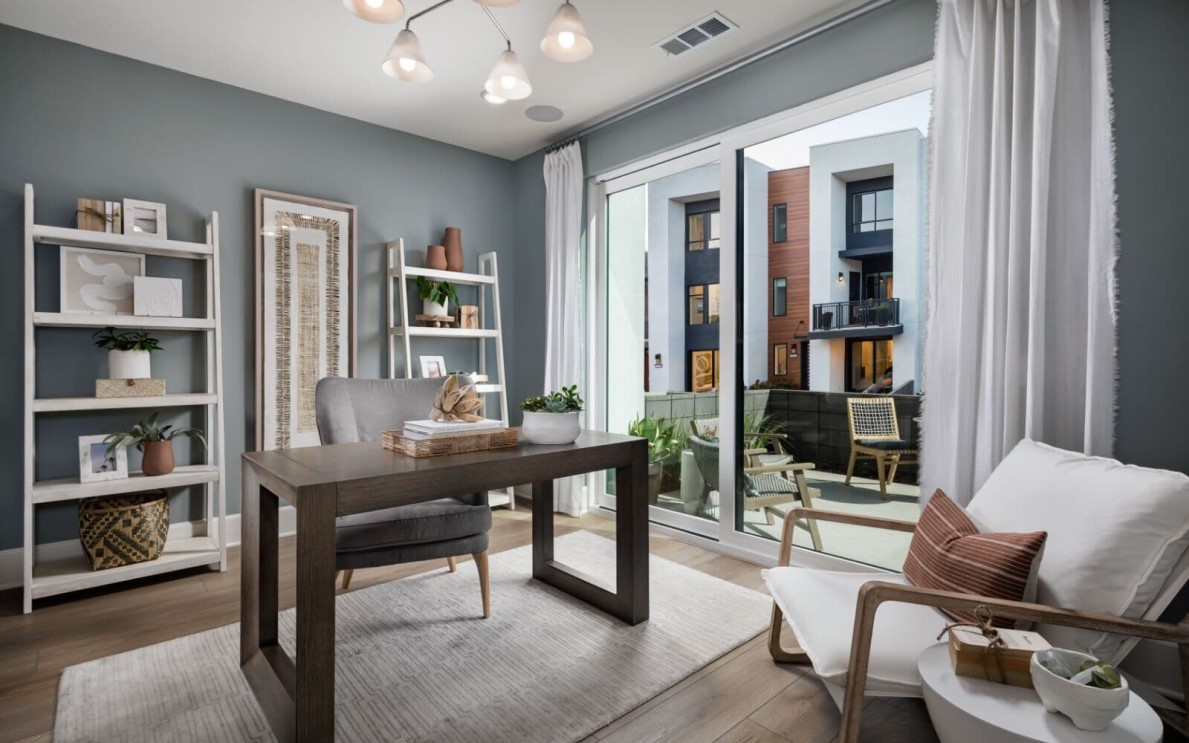
Conclusion
Designing a small home office requires creativity and thoughtful planning. By focusing on functionality, optimizing available space, and incorporating elements that inspire productivity, you can create an efficient workspace that suits your needs. Whether it’s a corner in the living room or a nook in the bedroom, a well-designed small office can be both practical and motivating. Remember, the key lies in balancing aesthetics with functionality, ensuring your workspace is a place where ideas flow and tasks get accomplished effortlessly.










